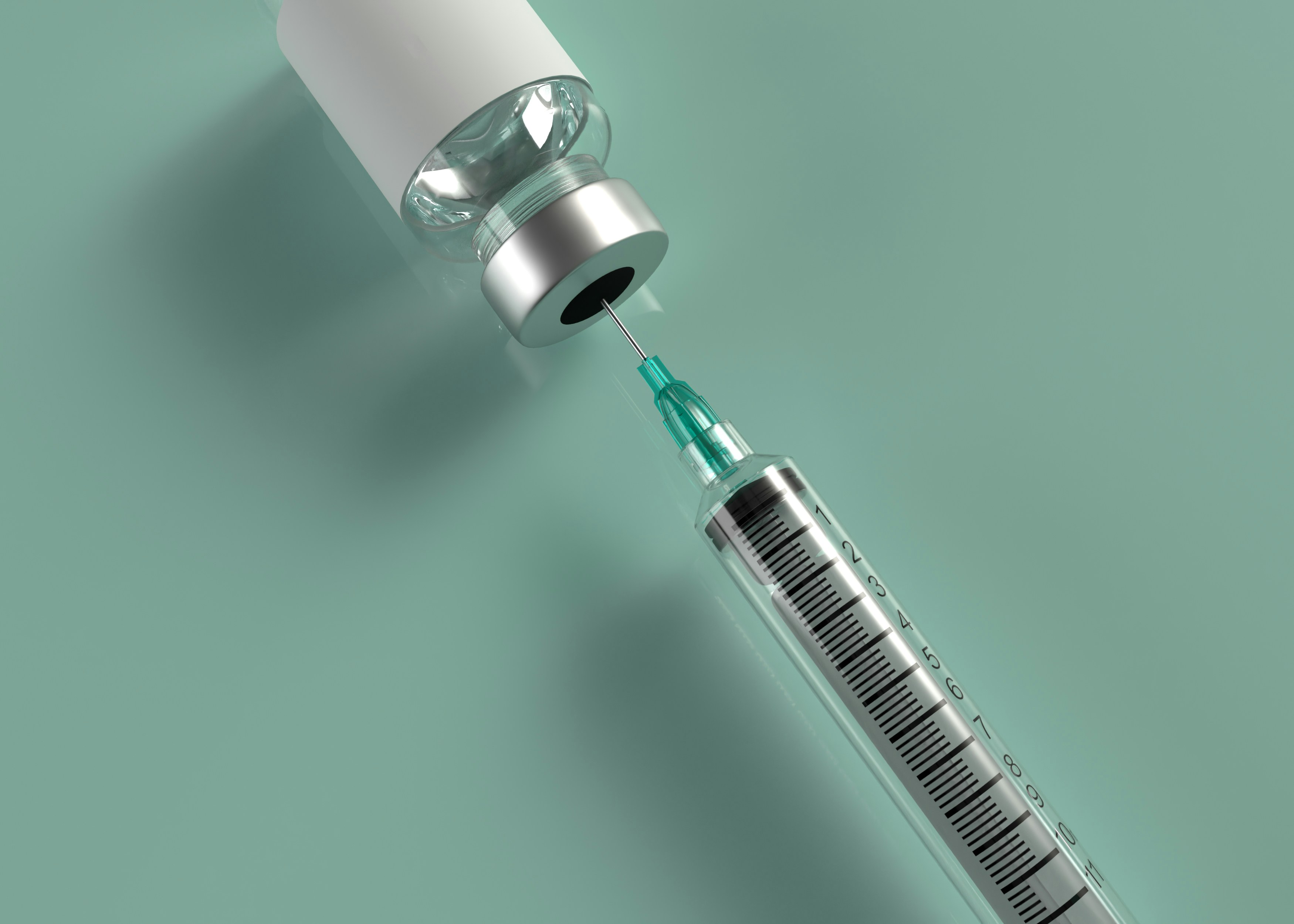At Catch, we believe that prevention starts with understanding how your body is actually aging, not just how many birthdays you’ve had.
That’s where biological age comes in.
While your chronological age counts years lived, your biological age reflects how well your body’s systems are functioning right now – metabolically, immunologically, and at the cellular level. And increasingly, research shows that this internal clock is one of the most powerful predictors of disease risk, including cancer.
What Is Biological Age?
Think of biological age as your body’s internal clock. Two people born on the same day may have vastly different biological ages depending on how their lifestyle, genetics, environment, and medical history have shaped their physiology over time.
- A 45-year-old with low inflammation, balanced metabolic markers, and strong immune function might have a biological age of 38
- Another 45-year-old with insulin resistance, elevated inflammatory markers, and early immune decline could have a biological age closer to 55.
Those extra “biological years” aren’t just numbers. They represent accelerated wear on the systems that defend against chronic disease and cancer.
How Catch Calculates Biological Age
Catch Labs uses a clinically validated, blood-based algorithm to calculate your biological age. The algorithm was developed through an open, research-grade toolkit built from the same statistical foundations used in large academic studies of aging biomarkers.
This model, known as the Blood Chemistry Biological Age algorithm, analyzes dozens of standard clinical biomarkers — the same ones drawn during your annual Catch Labs test — including:
- Metabolic indicators: glucose, triglycerides, HDL, LDL, and liver enzymes
- Inflammatory and immune markers: CRP, white blood cell count, lymphocyte ratio
- Organ and system health markers: albumin, creatinine, urea nitrogen, alkaline phosphatase
The algorithm combines these results into a single, composite score using regression models trained on large, population-scale datasets.
In essence, it predicts how old your blood looks compared to your actual age — a measure that correlates strongly with all-cause mortality, chronic disease risk, and cancer incidence.
Why Biological Age Matters for Cancer Risk
Cancer risk rises with age — but how fast that risk rises depends on your rate of biological aging.
Studies show that individuals with an “older” biological age compared to their chronological age face higher risks for age-related diseases, including cancer.
Here’s why:
- Cellular turnover and DNA repair decline — Older biological age reflects reduced capacity to repair DNA damage, allowing mutations to accumulate.
- Chronic inflammation increases — Elevated inflammatory biomarkers (like CRP and IL-6) drive the “inflammaging” process that supports tumor growth and suppresses immune surveillance.
- Immune function weakens — The immune system becomes less efficient at detecting and destroying precancerous cells.
- Metabolic dysfunction fuels abnormal growth — Insulin resistance, oxidative stress, and altered lipid metabolism create environments where cancer cells thrive.
In other words, your biological age captures how well your anti-cancer defenses are holding up, far better than your birth certificate can.
Slowing (or Even Reversing) Biological Aging
The most empowering part of biological age? It’s not fixed.
Research shows that improvements in sleep, physical activity, diet quality, stress management, and targeted medical interventions can slow, and in some studies reverse, biological aging markers in as little as 8–12 weeks.
Catch Labs tracks this change annually so you can see your biological age gap shrink as your lifestyle and health data improve. When your biological age trends younger over time, it’s a sign that your internal systems are becoming more resilient, lowering not only your lifetime cancer risk but also your risk of cardiovascular, metabolic, and neurodegenerative diseases.
Your Biological Age in the Catch Ecosystem
Here’s how biological age fits into the bigger picture of your Catch experience:
- Your Catch Labs measure over 50 biomarkers across immune, metabolic, and inflammatory systems.
- These are processed through the blood chemistry model to calculate your biological age.
- The result — your biological vs. chronological age gap — feeds directly into your Lifetime Risk Score and Cancer Risk Map within Catch.
The Takeaway
Chronological age tells you how long you’ve been alive. Biological age tells you how well you’re living.
At Catch, we’re closing the gap between the two by giving you actionable data, clear feedback, and a way to measure progress on the most meaningful scale there is: how well your body is aging.
With Catch Labs, your blood becomes more than a snapshot. It becomes a story. One that shows where you’re headed, and how to change the ending.










.svg)



